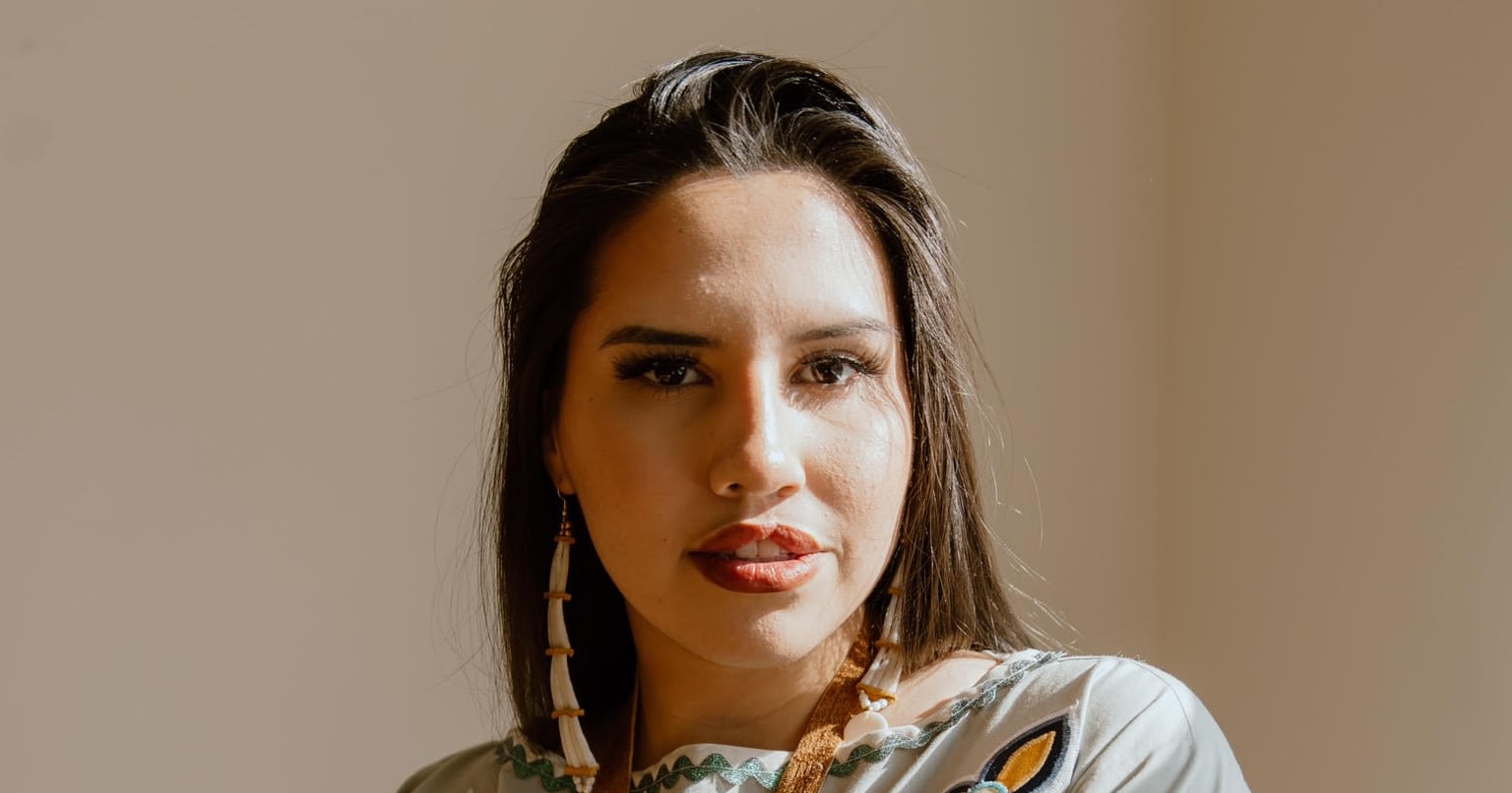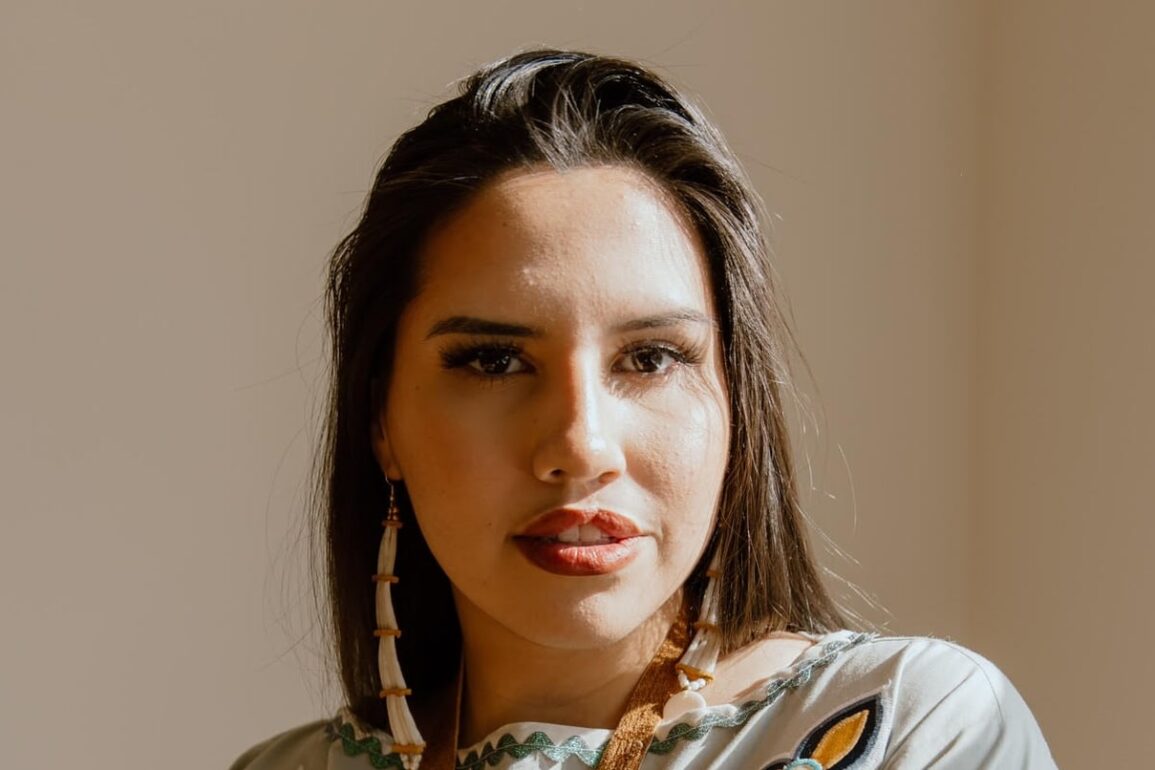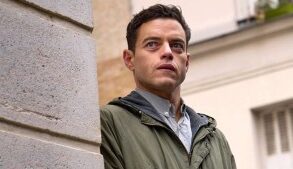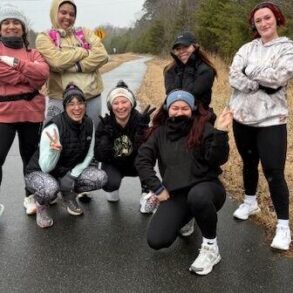
Michelle Chubb, also known as Indigenous Baddie on social media, is a model, activist, and public speaker who brings mainstream media’s attention to the beauty of and challenges facing Indigenous communities. Chubb is a Swampy Cree member of Bunibonibee Cree Nation, and ahead of Thanksgiving, she shared how many Indigenous communities approach the holiday.
“A lot of us don’t respect it as an event to celebrate because of the history,” she said, referencing the fact that the narrative of the 1621 Thanksgiving feast has long been dominated by white voices and leaves out the fact that cooperation between European colonists and Indigenous communities was short-lived, giving way to violence and massacres of Indigenous tribes in the years that followed.
Chubb also shared what it was like to grow up Indigenous, how we can all be more respectful of Indigenous communities, and more. Read it all, in her own words, below.
I grew up in the city, and I’d visit the reservation in the summer and winter. And when I had the opportunity, I’d see differences between the city life and the res life. There was a big difference between the care of the people. There were more resources in the city versus what people have available on the res — healthcare, for instance. Or the high food prices on the res or in remote areas — it’s really, really expensive, so a lot of the people depend on hunting and fishing to survive. I’ve seen that difference.
I think everything portrayed in the media growing up was wrong.
When I’d come back to the city after visiting, I would feel bad, having seen the people on the res struggle to survive, to actually live. Seeing that, I wanted to make a difference, but I didn’t know how I wanted to express that when I was younger. When I had the opportunity with TikTok, I wanted to use my platform to amplify the problems that we have. And that got me speaking about big companies taking resources from Indigenous communities when they’re at their lowest already, or amplifying the problems we have in the city as well, because living in the city isn’t necessarily better for Indigenous people. I remember growing up in Winnipeg, and there would be a lot of news reporters talking about a missing Indigenous woman, and I would be like, “What, again? This happened last week.” Being an Indigenous girl growing up, I was scared. I didn’t want to be one of those missing people. So I started amplifying that also, because it’s a struggle for Indigenous people.
I think everything portrayed in the media growing up was wrong. How history books portrayed us — they told the white part of the story, not the whole history. I was never taught about residential schools or the buffalo massacre. I had to take a separate course in high school to learn all about that stuff. Meanwhile, in social studies class, you only get a paragraph or two about Indigenous peoples.
And on a more personal level, every Halloween, I’d be asked to be Pocahontas. Growing up, I respected her as a woman, because she was basically one of our first missing and murdered Indigenous women. But also in school, there would be people touching my hair without asking and saying, “Oh my god, your hair is so long.” I think that’s different culturally, because even during powwows, when I’d wear my regalia, people would ask before touching my regalia or taking pictures. I think so many people don’t respect boundaries.
I think it’s all about educating ourselves to become more informed, especially with Indigenous culture, because again, media can portray us in ways they want to paint us. In reality, there are a variety of Indigenous people around the world, and we all have similarities — but we all are different in ways that make us unique in our own tribes and cultures.
This post was originally published on this site be sure to check out more of their content.





